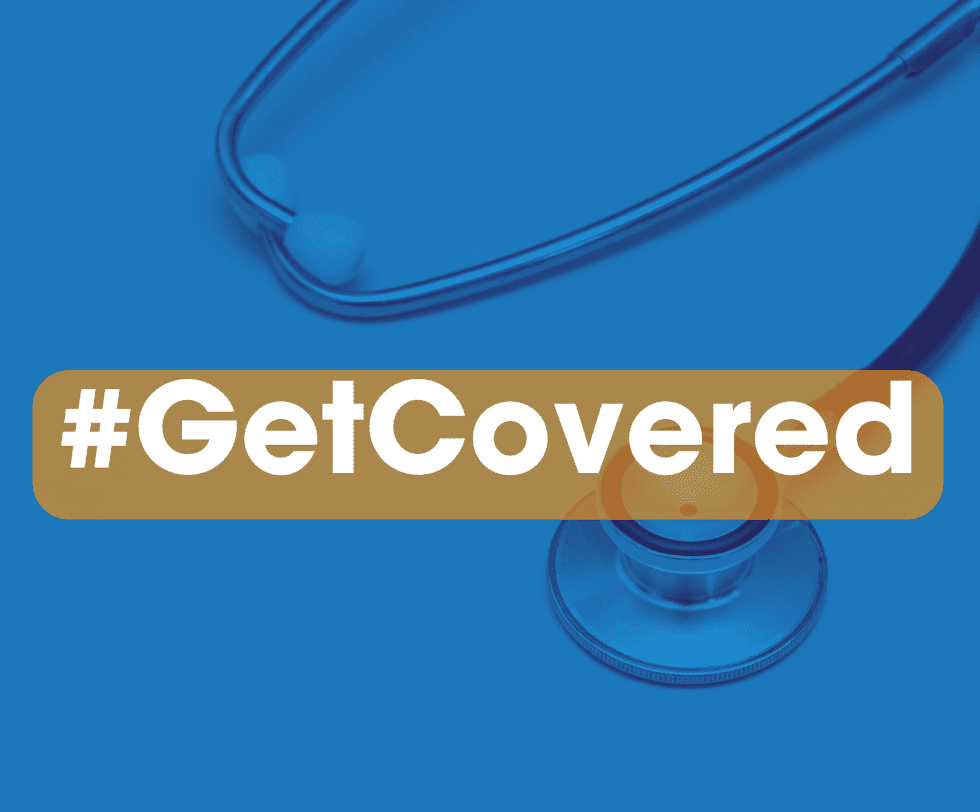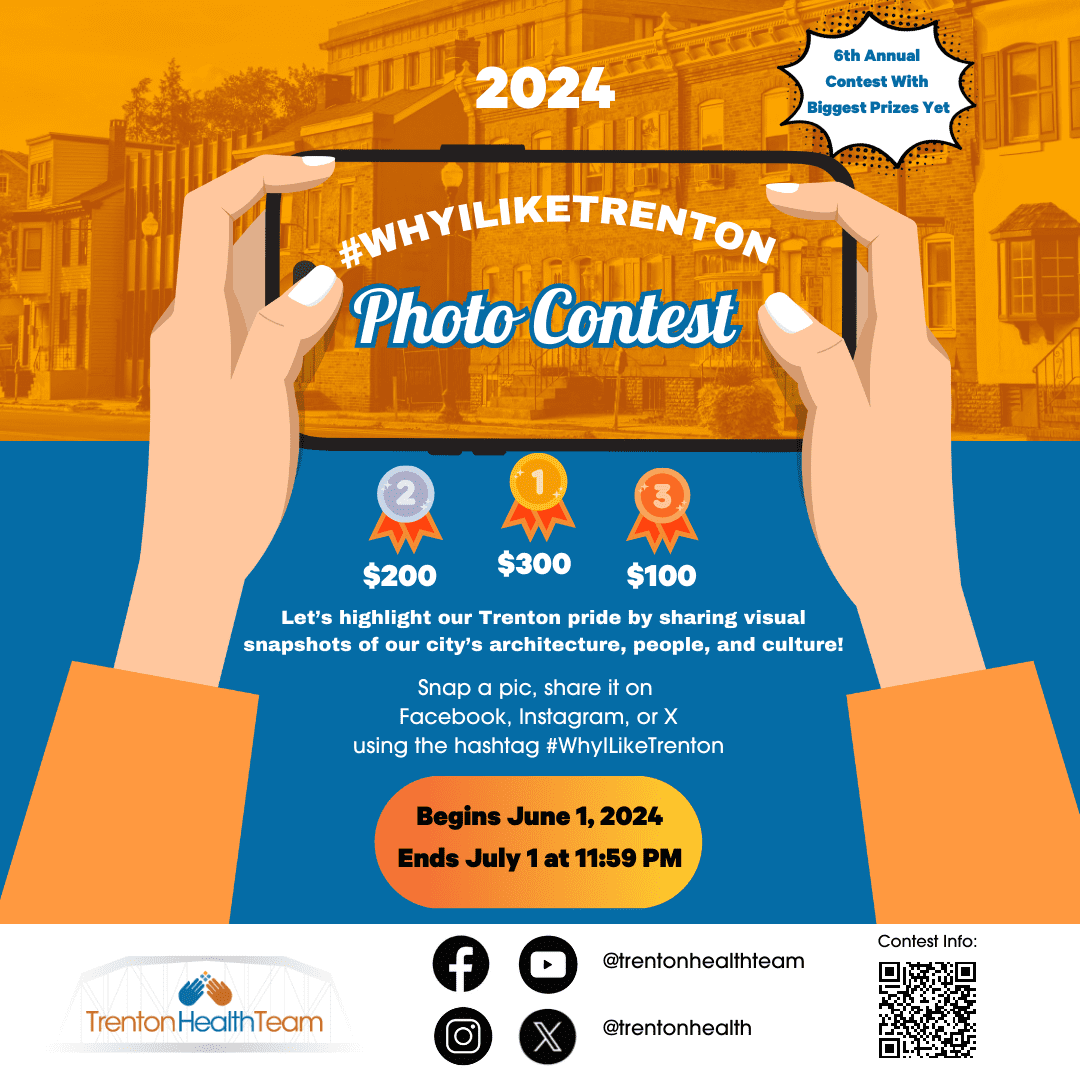State Makes Progress in Electronically Linking Patient Health Records
By: Andrew Kitchenman – NJ Spotlight
Info-sharing network intended to streamline and improve healthcare while also lowering costs expected to be launched by end of year

Cathleen Bennett, director of policy and strategic planning for the state Department of Health, and Tomas Gregorio, of HealthEC, an information technology company, take part in discussion of electronic sharing of patient health data.
If a visitor from Camden had a health emergency in Newark today, it would likely take a series of phone calls and faxes for a hospital in Newark to get access to the patient’s health records.
By the end of the year, there’s a good chance it will only take a few computer keystrokes.
The New Jersey Health Information Network, which encompasses six local health information organizations, expects to debut electronic records sharing by the end of the year.
Having accurate, quickly accessible patient information is seen as an important step toward improving healthcare while controlling costs.
Each health information organization links patient records from local hospitals, doctors’ offices and other providers, in some cases including federally qualified health centers and nursing homes.
Because each organization was started independently and has slightly different types of patient information and providers, it has taken time to build a statewide network allowing each entity to communicate with the others seamlessly.
The state’s goal is to start with a core set of information to be shared via the network, then expanding and improving the system over time.
Participating in the network are:
- Camden Health Information Exchange, which covers the city of Camden and includes the Cooper, Our Lady of Lourdes and Virtua health systems, as well as 100 smaller providers;
- Highlander Health, which covers parts of Essex, Hudson and Passaic counties;
- Jersey Health Connect, the state’s largest organization, covering Bergen, Hunterdon, Middlesex, Monmouth, Ocean, Passaic, Somerset, Sussex, Union and Warren counties;
- Trenton Health Team, covering Mercer County;
- Virtua, in Burlington and Camden counties;
- NJSHINE, covering Atlantic, Cape May, Cumberland, Gloucester and Salem counties.
There are still 11 hospitals not affiliated with any of the network members. What’s more, there are other gaps in both the types of records being made available and the types of healthcare providers participating in the smaller networks.
For example, only two of the six local networks currently share radiology records like X-rays, while only three include long-term-care providers like nursing homes.
But state officials are encouraged by the progress that has occurred – including filling in many of the geographic gaps — since Health Commissioner Mary E. O’Dowd unveiled details of the planned network last July.
Cathleen Bennett, director of policy and strategic planning for the state Department of Health, said the new network will complement new models for coordinating patient care such as that being built by the Greater Newark Healthcare Coalition.
Bennett spoke yesterday at a coalition-sponsored summit that focused on primary care providers. The coalition members include local hospitals, health centers and primary-care offices.
“It’s all about getting information in your hands so that you can make better decisions,” said Bennett, who said the coalition represents a trend away from acute care geared toward individual instances of illness or injury and toward emphasizing wellness, prevention and chronic disease management.
Healthcare providers will need quick access to both individual patients’ health data and that of broader populations of patients to be able to target care effectively.
Bennett said increased coordination would help the state reduce the roughly 109,000 preventable hospitalizations recorded in 2011, which cost approximately $6 billion.
“It’s the people, process and technology coming together and saying we need to transform how care is delivered,” Bennett said.
Thousands of doctors’ offices are already connected with local organizations.
Some provide a variety of tools, such as systems for doctors to send patients messages reminding them of upcoming appointments or to receive a message when one of their patients is admitted to a hospital, according to Tomas Gregorio, who founded Highlander Health, a local health information organization covering parts of Essex, Hudson and Passaic counties.
“Imagine, as a doctor, being able to see the lab results of your patients wherever they go in that network,” said Gregorio, who currently serves as the senior vice president and chief operating officer of HealthEC, an information technology company.
Dr. Wen Dombrowski of the Visiting Nurse Association Health Group, provided an example of how her organization is using its own patients’ electronic health records to improve care.
“We use it for documentation and care planning, but it’s also very helpful for being able to obtain electronic signatures for physicians without having to fax the papers, open the mail, stamp the mail and shuffle the papers around it can be done electronically,” Dombrowski said. She said her organization also uses the data drawn from these records to find patterns and trends that can be used to improve care.
About the Trenton Health Team
Trenton Health Team (THT) is an alliance of the city’s major providers of healthcare services including Capital Health, St. Francis Medical Center, Henry J. Austin Health Center and the city’s Health Department. In collaboration with residents and the city’s active social services network, THT is developing an integrated healthcare delivery system to transform the city’s fragmented primary care system and restore health to the city. THT aims to make Trenton the healthiest city in the state. Support for the Trenton Health Team was provided in part by a grant from The Nicholson Foundation. For more information, visit www.trentonhealthteam.org.
###










